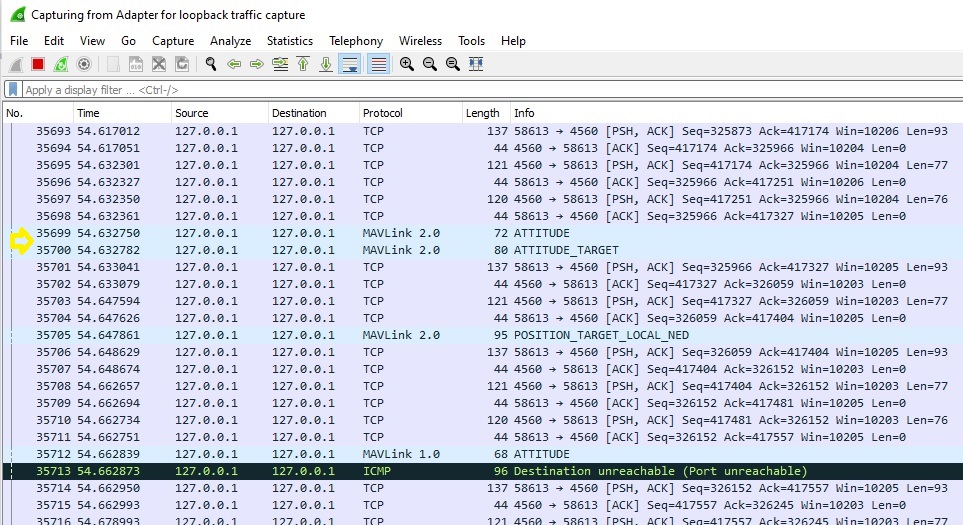

Buffer contents is written to a log file during stop operation.Ĭ:\Users\SecurityNik> pktmon start -etw -log-mode real-time Active measurement started. memory Events are written to a circular memory buffer. real-time Display events and packets on screen at real time. multi-file A new log file is created when the maximum file size is reached. circular New events overwrite the oldest ones when when the maximum file size is reached. s, -file-size Maximum log file size in megabytes. 0x010 - Raw packet, truncated to the size specified in parameter. 0x008 - Select packet metadata from NDIS_NET_BUFFER_LIST_INFO enumeration. 0x004 - Source and destination information for the first packet in NET_BUFFER_LIST group. This information is added to the end of the log file. 0x002 - Information about components, counters and filters. Flags: 0x001 - Internal Packet Monitor errors. sum of the below flags) that controls which events are logged. To always log the entire packet, set this to 0. p, -packet-size Number of bytes to log from each packet. ETW Logging -etw Start a logging session for packet capture.

By default, successful packet propagation is reported as well. d, -drop-only Only report dropped packets. Can be all components, NICs only, or a list of component ids. c, -components Select components to monitor. Once in the elevated terminal, let's look at the helpĬ:\Users\SecurityNik> pktmon filter add help pktmon filter add ] Start packet monitoring. My intention is to make this your one-stop shop for how to use Packet Monitor.įirst up, we need to ensure our terminal is running with elevated privileges. Most of the resources I found online basically gave a somewhat superficial view of this tool. In this post, I will be walking through "pktmon" with as much detail as possible. It is available in-box via pktmon.exe command, and via Windows Admin Center extensions." The tool is especially helpful in virtualization scenarios like container networking, SDN, etc. It can be used for packet capture, packet drop detection, packet filtering and counting. "Packet Monitor (PacketMon) is an in-box cross-component network diagnostics tool for Windows. What I like about the "pktmon.exe" version on my Windows 10 (2004), is that it support pcapng format. Windows having built in sniffer is a good thing, as most of us who work with Linux are accustomed to having "tcpdump" there by default in most cases. I am aware of being able to use "netsh trace" to perform packet capturing but this seems like a better option. Recently while doing some unrelated research, I came across this link from about Windows having a built in sniffer.


 0 kommentar(er)
0 kommentar(er)
